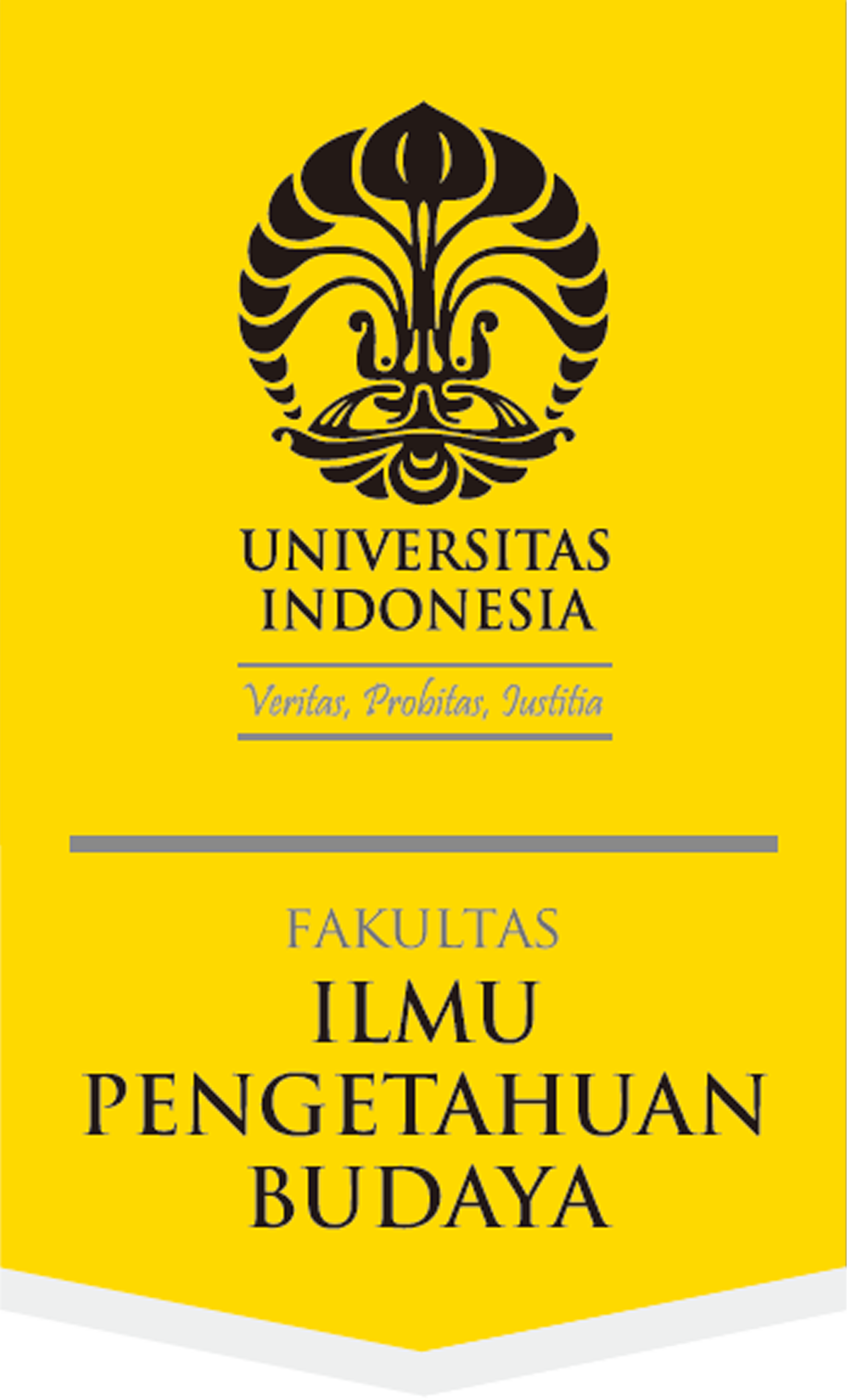Abstract
It is cross-linguistically defined that adjective is a word category that typically denotes quality and attributes. This category basically falls into semantic properties denoting age, dimension, values, and colours. They also indicate human propensities, physical properties, and speed. Syntactically, adjective typically functions as noun modifiers. However, many adjectives also share features with verbs and/or nouns. This makes adjectives not easy to define. Therefore, morphological and syntactic accounts are required, in addition to semantics, to define the prototypical characteristics of adjectives. This paper has shown that majority of lexemes denoting adjectival properties in Dhao share features with verbs. Although the prefix pa- can be attached to verbs and adjectives to generate causative meaning, adjectives are confined only to the second verb in serial verb construction, instead of being the predicate heads. Further, only four adjectives can function as noun modifiers in their bare forms. These latter adjectives are considered as pure or simple adjectives, while the other nine qualifying for adjectives as "recategorized" adjectives.
References
Aikhenvald, Alexandra Y. and Robert M.W. Dixon. 2006. Serial verb constructions; A cross-linguistic typology. Oxford/New York: Oxford University Press.
Balukh, J.I. 2013. “Two grammars, one surface form”. [Paper, EuroSEAS Conference on Colonial and Racializations in Southeast Asia, Lisbon, Portugal, 2-5 July.]
Bhat, D.N.S. and R. Pustet. 2000. “Adjective”, in: G.E. Booij, C. Lehmann, and J. Mugdan (eds), Morphology; An international handbook on inflection and word-formation, pp. 757-770. Berlin/New York: Walter de Gruyter.
Dixon, R.M.W. 1982. Where have all the adjectives gone? And other essays in semantics and syntax. Berlin/Boston: Mouton de Gruyter.
Dixon, R.M.W. 2010a. Basic linguistic theory; Vol. 1: Methodology. Oxford/New York: Oxford University Press.
Dixon, R.M.W. 2010b. Basic linguistic theory; Vol. 2: Grammatical topics. Oxford/ New York: Oxford University Press.
Dixon, Robert M.W. and Alexandra Y. Aikhenvald. 2004. Adjective classes; A cross-linguistic typology. Oxford/New York: Oxford University Press.
Grimes, C.E. 2010. “Hawu and Dhao in Eastern Indonesia; Revisiting their relationship”, in: M.C. Ewing and M. Klamer, Typological and areal analysis; Contribution from East Nusantara, pp. 251-280. Canberra: Pasific Linguistics.
Grimes, C.E. 2012. Panduan menulis Bahasa Ndao (Lii Dhao). Kupang: Unit Bahasa dan Budaya (UBB).
Heine, Bernd and Tania Kuteva. 2002. World lexicon of grammaticalization. Cambridge: Cambridge University Press.
Jacob, June. 2001. “A sociolinguistic profile of Kupang Malay; A creole spoken in west Timor, eastern Indonesia”. [Paper for the requirements for the degree of Master’s in Applied Linguistics, Faculty of Science, Information Technology and Education, Northern Territory University, Darwin, Australia.]
Jacob, June and Barbara Dix Grimes. 2006. “Developing a role for Kupang Malay; The contemporary politics of an eastern Indonesia creole”. [Paper, Tenth International Conference on Austronesian Linguistics, Puerto Princesa City, Palawan (Philippinnes), 17-20 January.]
Jonker, J.C.G. 1903. “Iets over de taal van Dao”, Album Kern: 85-89.
Paauw, Scott H. 2008. The Malay contact varieties of Eastern Indonesia; A typological comparison. PhD thesis, The State University of New York, Buffalo.
Payne, Thomas Edward. 2006. Exploring language structure; A student's guide. Cambridge, UK/New York: Cambridge University Press.
Walker, Alan T. 1982. Grammar of Sawu. Jakarta: Badan Penyelenggara Seri NUSA, Universitas Atma Jaya.
Recommended Citation
Balukh, Jermy I.
(2015)
"The notion of "adjective" in Dhao; A language spoken in eastern Indonesia,"
Wacana, Journal of the Humanities of Indonesia: Vol. 16:
No.
1, Article 4.
DOI: 10.17510/wjhi.v16i1.366
Available at:
https://scholarhub.ui.ac.id/wacana/vol16/iss1/4









